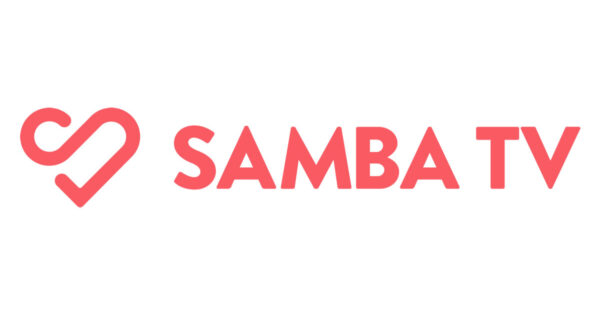Redirecting sports ad spend can pay off
Humans continue to prove we are an adaptable species. The spread of coronavirus has created an environment of lockdowns, social distancing, home-schooling, and no sporting events, all of which have changed our lives. There’s a feeling of suspended animation like in the movie “Groundhog Day.”
My hobbies and interests, brands I buy, things I cook, and routines have changed as well. I’m cooking more. I’m trying brands I didn’t buy before and branching out into making my own pizza crust and bread.
These are minor changes for me, though. Acxiom or any good data modeler could have predicted I’d be baking more. Acxiom includes me accurately in a segment of people who bake. I’m pretty good with pies, cookies, and brownies but my cake decorating skills are worse than a second-grader’s. If you are like me, you’re adapting as well, but your fundamental likes and dislikes remain intact. I haven’t learned to sing opera during my confinement. I’ve just morphed a bit like when you squeeze a water balloon.
TV viewing habits have changed during this pandemic as well, especially for sports fans. They haven’t given up on TV completely, because they were already, by and large, multi-dimensional people. But most have turned to other things they were already watching – much like that squished water balloon.
I recently examined multiple types of sports fans to help advertisers determine where they should redeploy their ad spend as basically a “where’s Waldo?” exercise. First, let’s look at some of sports fans’ core demographics and differences by age and estimated income range.


NBA and NHL fans have the youngest demographic with just over 40% of fans younger than 35. Olympics and PGA fans skew much older with 70% older than 65. More than half of NHL fans have income above $100,000. The products and services that appeal to the younger, wealthier NHL fans may not be popular with NASCAR fans. Savvy advertisers already know this and it’s reflected in their sponsorships, ads, promos, and cross-device campaigns.

Now let’s look at what these fans watch on TV besides sports. I’ve shown these as an index, comparing viewership as an index instead of a percentage with the baseline viewership of all U.S. adults – thereby identifying how each sport fan is a bit different. Some of the programming they watch could have been predicted based on the age and income information; older adults, as one might expect, watch more news shows. But look at NBA and NHL fans’ viewership of situation comedies, where they trend similarly, and reality shows, where they separate. The point is that age and income are not always accurate predictors of what consumers will watch on TV.
There’s a lot more research to be done on how to capture sports fans’ attention. There are new viewing options coming out as well, with virtual racing and televised competitive video gaming (e-sports) gaining more traction during these changing times. ESPN recently aired 12 hours of e-sports to fill its programming void. It will be interesting to see if viewership of these alternative sports will continue after traditional sporting events are back to normal. My guess is that they will.
Digital advertising has always been nimble in redirecting ad spend and changing creative elements to resonate, and better reach the right audience. We continue to change with the times. Acxiom can help you find the right audiences and where they are spending their time. The bottom line: people are both adaptable and predictable.
*Statistics and research based on Acxiom demographic and predictive data.



